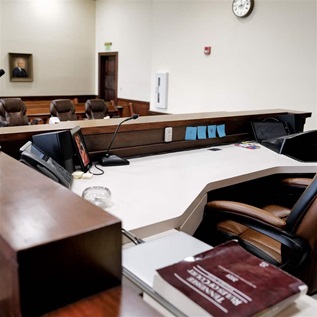Sue Urahn The New Cities Project
Sue Urahn, Executive Vice President, The Pew Charitable Trusts
Q: Why is Pew Center on the States starting a project on cities, and what will it do?
A: To date, we’ve focused on state policy issues ranging from corrections and elections, to prekindergarten, and retirement benefits for public sector workers. Policy makers at the local level also make decisions that impact Americans’ daily lives. The Pew American Cities Project will help leaders of big cities understand the shared challenges they face and identify possible policy solutions. We will also help federal and state lawmakers understand the impact their decisions have on localities.
Q: You mentioned shared challenges. What are they?
A: Many big cities are struggling to recover from the Great Recession. With federal and state budget cuts and a drop in property tax revenues, they’re increasingly being asked to do more with less. That profoundly affects services for their residents. Meanwhile, they’re dealing with big demographic changes—an aging population, an influx of immigrants, an increase in poverty, to name a few.
Q: Much of the country is focused on the 2012 presidential election. Why are cities important now?
A: Most Americans either reside or work in cities, and the policies, programs and services delivered by local governments directly touch them every day. Our cities are also the economic engines of the states. Whether they succeed or fail will have an outsized impact on the nation’s economic recovery and long-term prosperity.
Q: What are the first issues the project will focus on?
A: We’ll look at three major topics: How city governments have dealt with the fiscal pressures compounded by the economic downturn; how cities vary in service delivery, and what this means for their residents; and key factors that will affect their resiliency in the years to come, such as changing demographics and their ability to transition from a manufacturing- to a service-based economy.
Q: Which cities are you studying?
A: We’re looking primarily at the most populous city in each of the nation’s 30 largest metro areas. Together, these are home to 34 million people—more than one in 10 Americans—and an additional 100 million live within the economic regions they anchor. What happens to them, and in them, will profoundly affect our country’s future.











